EG8-HM154F-100μg / 询价
EG8-HM154F-500μg / 询价
EG8-HM154F-500μgx2 / 询价
- 关联产品
- 客服电话
- 技术支持
FITC-Labeled Human EGFRVIII Protein
Recombinant FITC-Labeled Human EGFRVIII Protein is expressed from HEK293 with His tag and Avi tag at the C-Terminus.It contains Leu25-Ser378 [Accession | NP_001333870.1].
The protein has a predicted MW of 41.6 kDa. Due to glycosylation, the protein migrates to 68-80 kDa based on Bis-Tris PAGE result.
Excitation Wavelength: 490 nm
Emission Wavelength: 520 nm
> 95% as determined by Bis-Tris PAGE
> 95% as determined by HPLC
Less than 1 EU per μg by the LAL method.
Supplied as 0.22μm filtered solution in PBS (pH 7.4).
Valid for 6 months from date of receipt when stored at -80°C.
Recommend to aliquot the protein into smaller quantities for optimal storage. Please minimize freeze-thaw cycles.
The epidermal growth factor receptor (EGFR) is overexpressed in a variety of human epithelial tumors, often as a consequence of gene amplification. Tumors with EGFR gene amplification frequently contain EGFR gene rearrangements, with the most common extracellular domain mutation being EGFRvIII. This mutation leads to a deletion of exons 2-7 of the EGFR gene and renders the mutant receptor incapable of binding any known ligand.
ErbB; EC 2.7.10; EC 2.7.10.1; EGFR; mENA; LEGFR; ERBB; ERBB1; HER1; PIG61; NISBD2
(1)Pedersen M W , Meltorn M , Damstrup L , et al. The type III epidermal growth factor receptor mutation Biological significance and potential target for anti-cancer therapy[J]. Annals of Oncology, 2001, 12(6):745-760.









